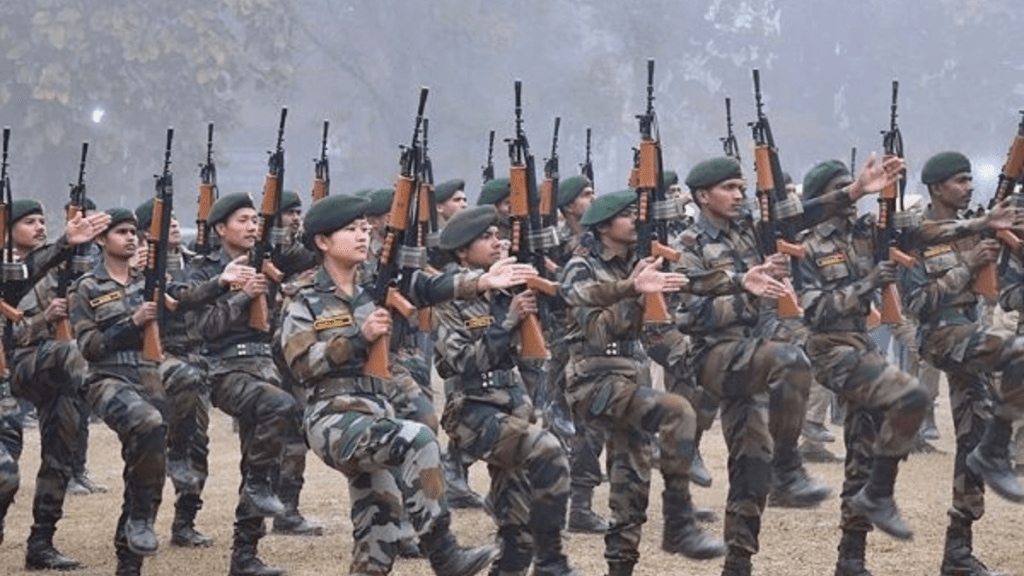The Defence Ministry has significantly increased the budget allocations for its Agnipath Scheme, a transformative military recruitment initiative aimed at modernizing the armed forces. The funding boost underscores the country’s commitment to enhancing its defense capabilities.
The initial budget for the Agnipath Scheme was Rs 159.59 crore ($21.3 million) in 2022-2023, which supported the early stages of implementation. This amount was increased to Rs 3,800 crore ($507 million) in 2023-2024, enabling expanded recruitment efforts, enhanced infrastructure, and broader rollout of the scheme. In 2024-2025, the budget allocation grew further to Rs 5,207.28 crore ($694 million), reflecting the evolving role of the scheme and continued investment in integrating Agniveers into the defense framework. The substantial increase from Rs 159.59 crore to Rs 5,207.28 crore over three years highlights the scheme’s expanding importance within the Indian defense forces.
The Agnipath Scheme aims to modernize recruitment processes and optimize force composition. The initial budget focused on foundational aspects, while subsequent increases were critical for scaling up recruitment and infrastructure. The rising allocations reflect a strategic effort to ensure the scheme’s success and long-term sustainability.
The increased funding indicates a strong commitment to the Agnipath Scheme’s success. The 2024-2025 allocation demonstrates efforts to address initial challenges, support new recruits, and integrate Agniveers into the armed forces seamlessly. Continued investments are likely aimed at refining recruitment processes, improving training, and ensuring the successful integration of Agniveers into operational roles, underscoring the scheme’s importance in India’s defense strategy amid modern security challenges.
The Agnipath Scheme, introduced by the government, aims to rejuvenate the armed forces by attracting young recruits. It seeks to reduce the average age of India’s army personnel from 32 to 26 years, enhancing operational capabilities. The initiative was recommended by several expert committees, including the Kargil Review Committee (2000) and the Shekatkar Committee (2017).
The scheme promises multiple benefits beyond lowering the average age of the army. The influx of younger soldiers, or Agniveers, is expected to enhance the operational effectiveness of the Indian Army. These recruits, with their technological prowess, are anticipated to drive the army’s transformation efforts, making it more agile and adaptive to contemporary warfare demands.
Central to the scheme is a comprehensive approach to training and development. The Agnipath Scheme focuses on rigorous training regimens, academic excellence, and leadership development, aiming to produce a cadre of disciplined and skilled personnel. It also emphasizes inclusivity, allowing young men and women from diverse backgrounds to serve.
The Agnipath Scheme represents a transformative journey for India’s youth, equipping them with necessary skills and a sense of duty towards the nation. As the Indian Army moves towards a younger profile, the scheme stands as a testament to India’s dedication to building a formidable and future-ready defense force.

